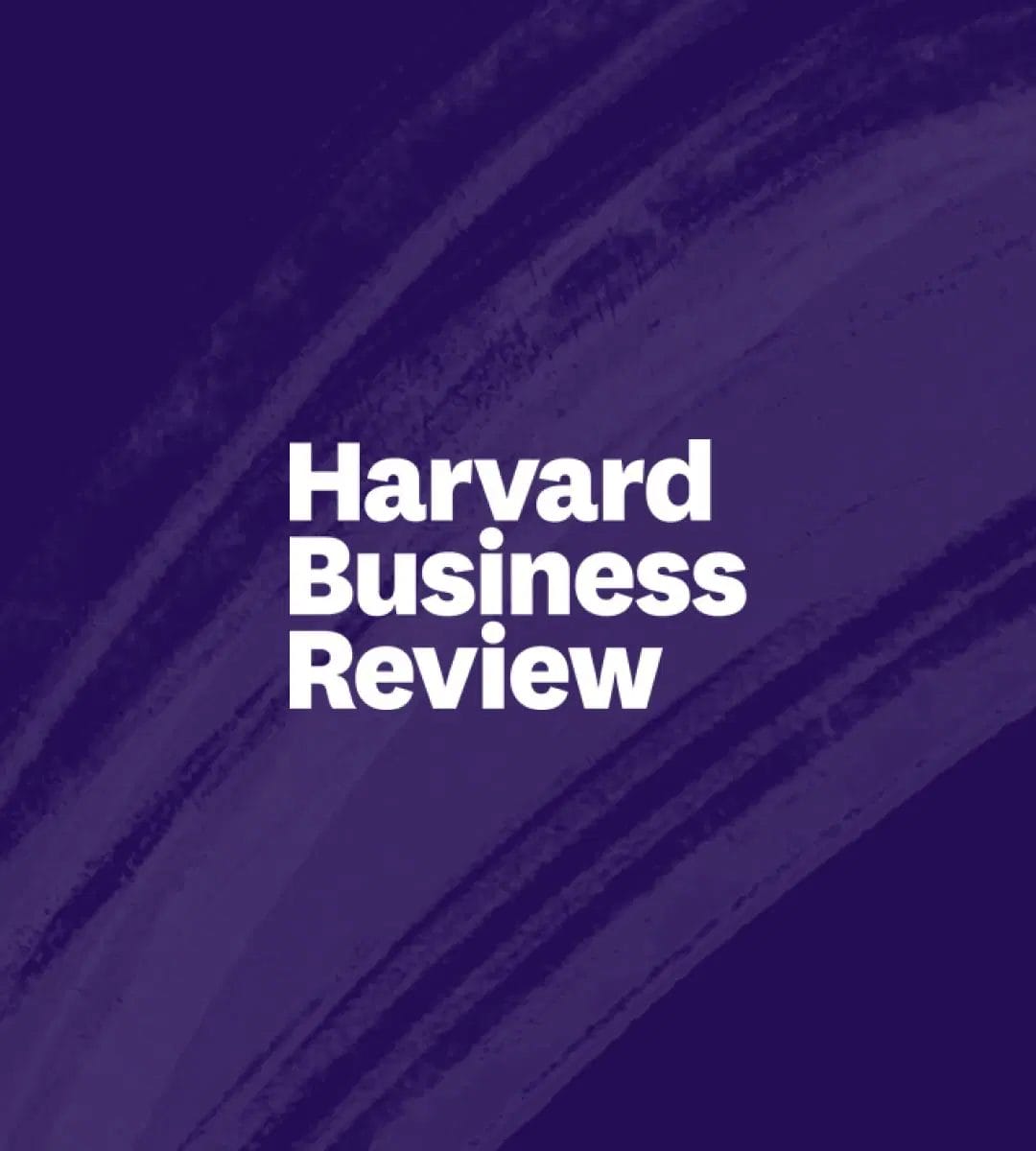We’ve partnered with Harvard Business Review Analytic Services to present new research that illustrates a disconnect between companies’ investment in health benefits and the impact on employee health. As a result, employers are realizing that modernizing the employee health experience is more crucial than ever.
As competition for talent increases and health care costs continue to skyrocket, companies are turning their attention and resources to redesigning the health benefits experience as a way to reign in costs while attracting and retaining skilled employees. In North America, employers are spending an estimated $15,000 per employee to provide health care benefits to their teams and these costs are continuing to rise. The survey of 238 executives found that 90% of respondents view employee health benefits as an important way to demonstrate their organization’s understanding and concern for the needs of their workers. What’s more, more than half (51%) of organizations expect such benefits will become an even higher strategic priority over the next three years.
Despite the massive investment employers are making, the survey revealed a stark lack of awareness among employees:
- 58% of survey respondents report that employees are unaware of the company-provided health benefits to which they are entitled; and
- 63% say employees don’t know enough about how to leverage their benefits.
This lack of employee awareness and knowledge is reflected in fairly low engagement levels with health benefit programs. Just 28% of respondents say employees actively engage with all of the health benefit programs they are offered, and only 27% of organizations say employees use the full range of their health benefits. The negative impact of such low awareness, knowledge, and engagement is often far more broad — resulting in higher overall health care costs, poorer employee health, employee absenteeism, and lower productivity.
Additionally, employees are often required to access multiple disparate systems in order to learn about and access their full range of health benefits. At just 10% of organizations can employees learn about and leverage the full range of available benefits through a single system; and at 13% of organizations, employees use more than five systems to access their benefits.
“There is a profound disparity between what employers are doing to provide health benefits and what employees are actually getting from these efforts,” said Mike Serbinis, CEO of League. “To close this gap and improve health outcomes while reducing costs, the entire ecosystem needs to become employee-centric. Employers need to think about how they can streamline the current sea of point solutions with an enterprise health OS and empower employees to proactively manage their health.”
Employees’ lack of awareness extends to the quality and cost of health care, as well as which plan is right for them. Well under half (41%) of organizations report that their employees are knowledgeable about which health benefits plan is right for them, and just over one-third (35%) of organizations report that employees are knowledgeable about the quality and cost of health care.
Organizations, for the most part, are open to change. Respondents at most organizations (68%) believe there are opportunities for their organization to better manage health benefits costs. The same percentage report their organization is open to changing its employee health care experience.
In June, we launched our Health Benefits Experience platform, HBX, to provide forward thinking employers like Unilever, Uber, Shopify, and Lush Cosmetics a centralized health, benefits and wellbeing platform, in order to deliver personalized health recommendations that actively support employees’ health and wellness through a single access hub. HBX creates a seamlessly integrated ecosystem of over 100 insurance carriers, health care partners, and HRIS systems. The always-on experience helps employees proactively leverage employer-sponsored programs to improve health and productivity while reducing health care and administration costs — addressing the pain points the data outlines.
For further insights, download the executive summary from Harvard Business Review Analytic Services and League: “The Key to Better Health: An Employee-Centered Benefits Experience.” The full report will be available in September and can be received by signing up on the landing page.
Survey Method: The Harvard Business Review Analytic Services survey was based on a total of 238 respondents drawn from the HBR audience of readers (magazine/newsletter readers, customers, HBR.org users).
